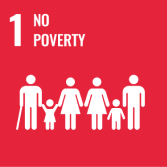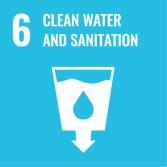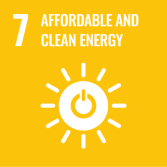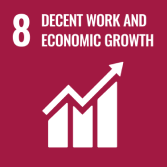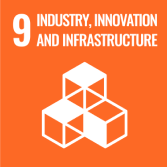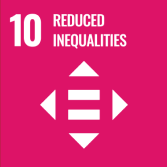Open AccessArticle
Older Adults’ Perspectives of Smart Technologies to Support Aging at Home: Insights from Five World Café Forums
by
Jackie Street, Helen Barrie, Jaklin Eliott, Lucy Carolan, Fidelma McCorry, Andreas Cebulla, Lyn Phillipson, Kathleen Prokopovich, Scott Hanson-Easey, Teresa Burgess and on behalf of the Smart Ageing Research Group
Cited by 13 | Viewed by 4096
Abstract
Globally, there is an urgent need for solutions that can support our aging populations to live well and reduce the associated economic, social and health burdens. Implementing smart technologies within homes and communities may assist people to live well and ‘age in place’.
[...] Read more.
Globally, there is an urgent need for solutions that can support our aging populations to live well and reduce the associated economic, social and health burdens. Implementing smart technologies within homes and communities may assist people to live well and ‘age in place’. To date, there has been little consultation with older Australians addressing either the perceived benefits, or the potential social and ethical challenges associated with smart technology use. To address this, we conducted five World Cafés in two Australian states, aiming to capture citizen knowledge about the possibilities and challenges of smart technologies. The participants (
n = 84) were aged 55 years and over, English-speaking, and living independently. Grounding our analysis in values-based social science and biomedical ethical principles, we identified the themes reflecting the participants’ understanding, resistance, and acceptance of smart technologies, and the ethical principles, including beneficence, non-maleficence, autonomy, privacy, confidentiality, and justice. Similar to other studies, many of the participants demonstrated cautious and conditional acceptance of smart technologies, while identifying concerns about social isolation, breaches of privacy and confidentiality, surveillance, and stigmatization. Attention to understanding and incorporating the values of older citizens will be important for the acceptance and effectiveness of smart technologies for supporting independent and full lives for older citizens.
Full article
